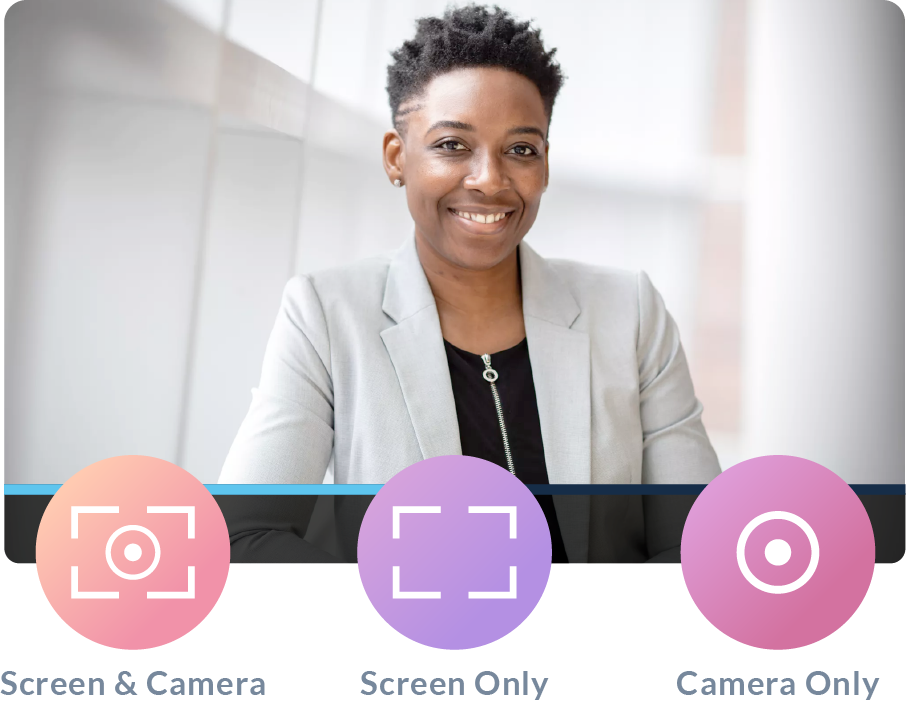First, the bad news: Hiring a sales team is a full-time job.
If you think you can get the best people to join your company just by posting a job description into a couple of Facebook and Linkedin groups, you are wrong.
Exceptional employees are never looking for jobs, they are being hunted for.
The good news: If you get the right people to join your team, you will save a lot of time and money.
Throughout my career I have easily screened over 1,000 CVs and interviewed more than 200 people. In this blog post I want to share the top 5 learnings and apply them to the sales department specifically. This article is especially valuable for sales leaders who are hiring people for their own team and don’t (yet) have a recruiting department to rely on.
Some estimations go as far as suggesting a wrong hire can cost you up to $200,000 (see this article by SEED Capital and Trustpilot) . That is not only due to the time you invest in finding, qualifying, signing, and onboarding a new hire, but also the missed opportunity of hiring a qualified person straight away.
From the moment you realize you need to hire someone, it may take up to 3 months to bring that person on board. If then another 3 months later you realize that that person was the wrong hire, you in the end might only have the perfect candidate another 3 months after that. That is 9 months after you decided to hire somebody. In the sales departments, that’s 3 quarters of missed revenue!
Recruiting is like sales.
Essentially, filling a vacancy with the perfect candidate is like finding the perfect customer for your product. You need to build a pipeline of potential leads, qualify them by their potential and fit to what you have to offer, onboard them successfully and make sure they are happy in your company (i.e. after-sales).
But not only the process is like sales, convincing the candidate to join your company is the same as convincing a customer of your service/product. Only that in this case the product is a job opportunity.
1. Build a Pipeline: Recruiting is a Numbers-Game
Just like in sales, you need to build a pipeline. However, you won’t have a marketing department providing warm inbound leads – you will have to source those yourself (assuming you don’t have in-house recruiters).
Now, there are two ways to go about this:
a) Post your job description into various forums and job pages
b) Get a Linkedin recruiter lite account and start messaging people and ask you network to make referrals
I strongly encourage to not even bother with a) and go straight for b), assuming you are not looking for fresh graduates (then a) would be better).
From my experience you will waste your time with inbound job applications, reading through 100s of bad applications, then having to decline them all and possibly even giving a reason.
Good people are never looking for jobs. That is a fact.
If you want to hire the best people, you will have to get your “hands dirty” and start poaching people directly.
I will publish a post on how to make the best use of Linkedin’s advanced search function soon – make sure to subscribe to the Accordium Blog!
2. Don’t let Paperwork get in Your Way
There’s nothing worse than spending hours over hours going through the whole process of sourcing, pre-screening, interviewing, meeting and negotiating with a new hire, before then losing him because another company snatched her away.
One of the biggest problems (which is also very easy to solve), is long paperwork processes. Companies spend hours creating, editing and sending documents back and forth, getting approvals from various managers, and inputting data into CRMs/ATS.
This not only has huge impacts on efficiency, but also comes with significant compliance risks. Manual paperwork, i.e. different people in your company manually editing Word files, will inevitably lead to human errors where your employees send out the wrong offers to the wrong candidates, with terms that shouldn’t be there.
A digital contract management solution, in combination with your ATS/CRM, can ensure compliance and efficiency.
Such solutions (like Accordium for HR) will allow you to standardize contract templates, pre-define the approval, sending and signing process. The system will pull the data straight from your ATS/CRM, put it into the right contract, send it to the right people instantly, and ensure a safe environment to negotiate the contract, until it is signed and delivered in every stakeholder’s inbox – almost no manual input needed.
This ensures maximum efficiency and compliance.
3. Know how to Qualify Your Candidates: Process is King
Just like in sales, you will have several candidate qualification calls/meetings. Every call/meeting should have a specific purpose and qualify the candidate according to its stage.
From my experience, you should aim for 2 to 3 calls and meetings to close a candidate. Ideally, the process looks as follows:
Call No. #1: Go through the checklist.
The first call should be short and concise. Describe the role you are looking to fill, align expectations on both sides for the needed qualifications, salary, and other technicalities.
Best case this first call doesn’t take longer than 20-30 min and is only meant to ensure the candidate fulfils all pre-defined requirements. Ideally this step could even be done by somebody who has never worked in sales himself or is not very experienced in general because you are basically just going through your checklist and ticking the boxes.
You are not yet comparing candidates to each other, but only making sure they could get the job done.
Bonus Info: If you are very good in your sourcing strategy, you should have a 100% conversion-rate from Call #1 to Call #2.
Meeting No. #2: Ranking candidates.
Ideally, the second step should be an in-person meeting with the direct manager. The goal is to now measure a candidate’s skills, his fit to the company culture, and in the end compare him to other Stage 2 candidates. This meeting will take between 60 and 90 mins.
Ideally, the interviewer can skip most of the standard CV questions on past experiences since that has already been covered in step 1. Therefore, after a short introduction, the meeting should consist of 3-4 open-ended questions which allow for an extensive discussion between the interviewer (i.e. future manager) and the candidate.
Bonus Info: After meeting #2 you should aim for a restrictive conversion-rate, something around 10-20%.
Meeting No. #3: The cultural fit.
From my experience it never hurts to have a third meeting between the candidate and another co-worker, potentially even from outside the sales team. Somebody who will judge the candidate purely from a cultural fit perspective and who does not have a personal incentive or need to fill the position.
Too many times I have seen managers fill a position with the wrong candidate because they REALLY needed to find somebody quickly and ended up regretting their choice because they were blinded by the rush.
Ideally, this would be a very short 10-15min discussion that can be done right after meeting #2 to keep it simple.
Should this meeting result in a negative evaluation by the interviewer, a discussion between interviewer 2 and 3 should be held to discuss potential differences. However, in the end interviewer 2 (i.e. the future manager) will make the decision.
4. In Data we trust
Interviewing candidates can be a very emotion-driven process – but it shouldn’t be.
Sometimes you notice something negative on a candidate in the first 5min of a conversation which leads you to evaluate everything else negatively as well (this is called the Halo effect (wikipedia)).
There’s a few easy ways to circumvent this:
- Split your decision-making in observation and evaluation: Take notes all the way through the interview, but then take 10 min after the meeting to make up your mind and rate the candidate.
- Standardize the meeting setup: Only if you keep the meetings equal you will be able to compare them. Ask the same questions, take the same amount of time, and don’t let the candidate mess up your structure by letting him talk for hours – you set the rules! (e.g. “please sum up your experience in 10min”)
- Do the math: If you need to hire 2 people in 6 months and have a 3-month notice-period between signing and on-boarding, then you have 3 months to hire someone. If your conversion-rate from call 1 to 2 is realistically 50%, and from meeting 2 to 3 10%, and then another 80% from 3 to making an offer, AND only 2 in 3 contracts actually get signed (see point 1), then that gives you a total CR of 2.68% from first contact to signing. That means, you will need to interview a total of 75 candidates over 3 months, that is 6-7 candidates per week – I told you it’s a full-time job.
Bonus Tipp: The better your top of the funnel sourcing, the less work you will have in step 2 and 3. Make sure to re-evaluate your sourcing strategy after you have interviewed a few candidates: what profiles ended up being very promising?
5. Never hire just one salesperson at a time
Hiring in pairs has both performance, efficiency and cultural advantages for your organization and your new hirers.
Firstly, if you onboard employees in pairs (or more) you can combine training and onboarding sessions, instead of having to spend time on the same thing twice.
Secondly, you will create some kind of (healthy/friendly) competition between the new salespeople. Since, they are both starting at the same point, you will not only be able to see very quickly who performs better, but you also give them the opportunity to share and learn with each other – this will also make it much easier for them to get used to the new team and environment since they are sort of a team.
What’s your experience in hiring salespeople? Share your thoughts in the comments below.
Follow our blog for more insights on building great sales organizations.



